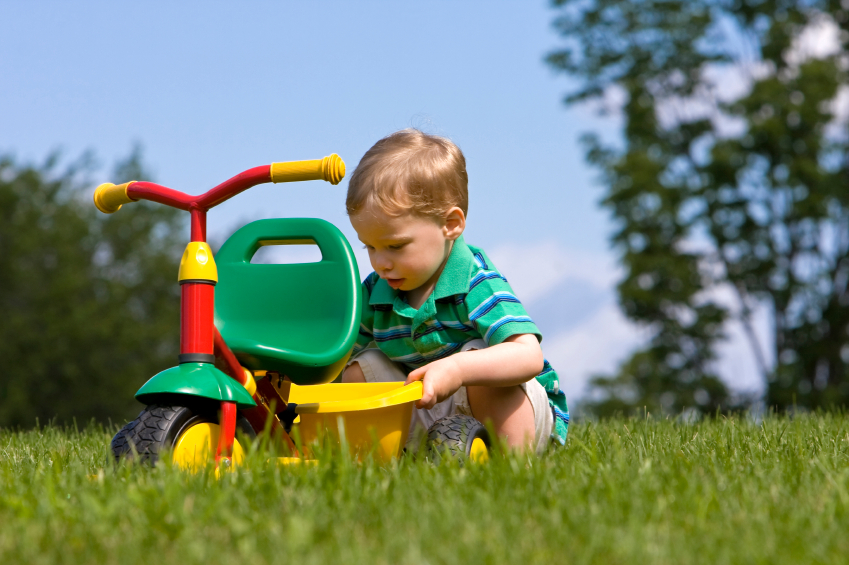Kids are curious. It’s natural for kids to ask questions, explore, and try to push the limits. But when innocent curiosity results in serious injuries, you may be left in a devastating situation.
Child accidents can happen almost anywhere at almost any time. This said, there are things you can do to help mitigate the chances of your child suffering an injury. To learn more about the latest available data on child injuries and deaths and important safety tips, continue reading.
Poisoning Deaths Have Increased
Child poisoning is unfortunately common. According to the Centers for Disease Control and Prevention (CDC), from 2010 to 2019 “Poisoning death rates increased 50% among Hispanic children and 37% among Black children, while rates among White children decreased by 24%.”
Lots of items around the house can be poisonous to children if ingested. Some helpful tips to prevent an accidental poisoning include:
- Store all medicine and medications out of reach for your child.
- When guests visit, ensure their bags and purses are also out of reach.
- Don’t assume child-resistant packaging is child-proof.
- Avoid telling a child that medicine tastes like candy.
- Ensure cleaning products are out of reach.
- Throw away button batteries after use.
- Remind your children not to eat household plants or plants they find outside.
Consider scanning your home at the height of your child to see what they see: note any dangers and act accordingly.
Motor Vehicle Accidents are a Leading Cause of Child Deaths
Almost every state has specific laws regarding child car seats and booster seats. While the specifics may vary from state to state, using a proper fitting child car restraint could be life-saving. “Motor vehicle crashes are the leading cause of death in children aged 5 – 18,” note child injury lawyers at Harris & Harris Injury Lawyers, “selecting the right car seat and securing it properly are critical to keeping a child safe while traveling in a vehicle.”
If you have questions about installation, there are various resources at your disposal. The National Highway Traffic Safety Administration maintains a directory of inspection stations, which can connect you to a certified car seat technician in your area. The technician will perform a car seat inspection for free and will demonstrate how to correctly install and use the car seat. After installation, register your car seat to ensure you are up to date with any product recalls or updates.
Suffocation Rates Have Increased
The CDC also noted a significant increase in the number of child suffocation deaths amongst certain groups from 2010 to 2019. There was a 20% increase in suffocation death rates among infants overall (those 0 – 1 year) and 21% among Black children.
Based on a research report in Pediatrics, there were 1,100 preventable infant deaths in 2015 alone.
Newborns and young infants cannot lift their heads well so it is imperative they are placed in positions that do not block their breathing. Some safe sleeping tips to prevent suffocation include:
- Lay an infant down on their back on a firm mattress
- Never place an infant on soft surfaces (comforter, duvet cover, or soft mattress)
- Keep blankets and stuffed animals out of the crib
- Avoid using crib bumpers
- Ensure crib sheets are snug
- Avoid placing an infant in a bed shared with other children or adults
Prevention is the Best Way to Keep your Children Safe
While the latest safety data available shows an increase in particular threats, you can do your part by being informed and making proactive decisions about your child’s health and safety. By ensuring your home is free from potentially poisonous items and properly storing medications, verifying your child’s car seat or booster seat is installed properly, and following proper suffocation prevention methods, you can mitigate the chances of a potentially fatal accident.
No child should ever be a statistic. By putting your child’s health and safety first, you can help ensure their well-being.





No Comment